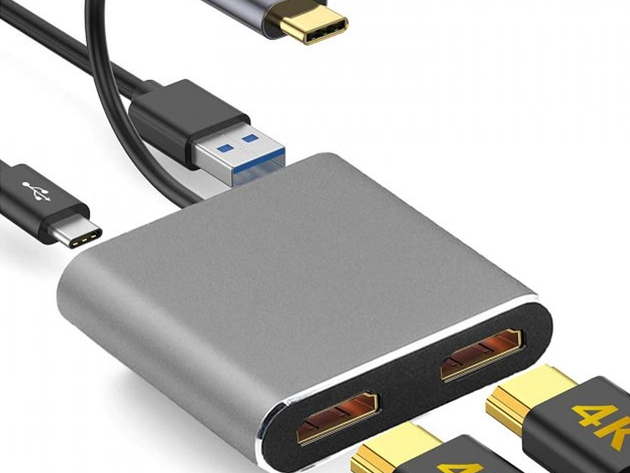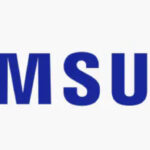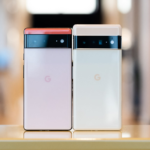The USB-C to HDMI connection has become increasingly popular among Android device owners who wish to connect their smartphones or tablets to external displays, monitors, or projectors. However, encountering problems with the USB-C to HDMI connection can be frustrating.
In this comprehensive troubleshooting guide, we will explore the top 10 common mistakes made by Android users and provide step-by-step solutions to fix them. By following this guide, you can resolve USB-C to HDMI connectivity issues and enjoy a smooth and seamless multimedia experience.
Top 10 Common Mistakes of Android Users and How to Fix Them
1. Mistake: Incompatible USB-C to HDMI Adapter
– Solution: Ensure that you are using a USB-C to HDMI adapter that is compatible with your Android device. Check the adapter’s specifications and consult the manufacturer’s documentation for compatibility information. Consider using certified adapters or those recommended by the device manufacturer.
2. Mistake: Insufficient Power Supply
– Solution: USB-C to HDMI adapters often require additional power to function properly. Ensure that your Android device is connected to a power source or use an adapter with a separate power input. Insufficient power can cause the HDMI connection to fail or exhibit intermittent issues.
3. Mistake: Improper Cable Connection
– Solution: Check all cable connections between the USB-C to HDMI adapter, HDMI cable, and the external display. Ensure that they are securely and correctly inserted. A loose or faulty cable connection can lead to a non-functional HDMI connection.
4. Mistake: Unsupported Display Resolution or Refresh Rate
– Solution: Some Android devices have limitations on supported display resolutions or refresh rates when using USB-C to HDMI adapters. Check your device’s specifications or settings menu to ensure that the connected display’s resolution and refresh rate fall within the supported range. Adjust the settings accordingly to match the capabilities of your device and the external display.
5. Mistake: Outdated Software or Firmware
– Solution: Keeping your Android device’s software and firmware up to date is crucial. Manufacturers often release updates that address compatibility issues or improve USB-C to HDMI performance. Check for available updates in your device’s system settings and install them.
6. Mistake: Incorrect Display Source Selection
– Solution: Ensure that the correct display source is selected on your external display. Many TVs or projectors have multiple input sources. Use the remote or on-screen menu to select the appropriate HDMI input source.
7. Mistake: HDMI HDCP Handshake Issues
– Solution: HDCP (High-bandwidth Digital Content Protection) is a protocol designed to protect copyrighted content. If you encounter HDCP handshake issues, try disconnecting and reconnecting the HDMI cable, restarting both the Android device and the external display, or using a different HDMI cable or port.
8. Mistake: Third-Party Apps or System Settings Conflicts.
– Solution: Certain third-party apps or system settings may interfere with the USB-C to HDMI connection. Disable or uninstall any apps that modify display settings or conflict with HDMI output. Resetting your device’s display settings to default can also help resolve conflicts.
9. Mistake: Damaged or Faulty USB-C Port
– Solution: Inspect the USB-C port on your Android device for any physical damage or debris. Clean the port carefully with compressed air or a soft brush. If the port appears damaged or faulty, contact the device manufacturer for repair or replacement options.
10. Mistake: Hardware or Compatibility Limitations
– Solution: In some cases, certain Android devices may have hardware limitations that prevent a USB-C to HDMI connection from working. Verify the HDMI compatibility of your specific device model and consult the manufacturer’s documentation for any known limitations.
Additional Troubleshooting Tips for USB-C to HDMI Connectivity Issues
To further assist you in resolving USB-C to HDMI connectivity issues, consider the following troubleshooting tips:
- Try using a different USB-C to HDMI adapter or cable to rule out the possibility of a faulty adapter or cable causing the problem;
- Restart both your Android device and the external display to refresh the connection and clear any temporary glitches;
- Check your Android device’s display settings for any HDMI output options or configurations. Some devices may require manual enabling of HDMI output;
- Disable battery optimization for apps or settings related to the USB-C to HDMI connection to ensure uninterrupted operation;
- If all else fails, consider performing a factory reset on your Android device as a last resort.
Remember to back up your data before proceeding, as this step will erase all data and settings.
Conclusion
Resolving USB-C to HDMI connectivity issues on Android devices is achievable by identifying common mistakes and implementing the appropriate solutions. By avoiding incompatible adapters, ensuring sufficient power supply, and properly connecting cables, you can enhance the chances of establishing a functional HDMI connection. Additionally, keeping software and firmware up to date, selecting the correct display source, and addressing potential hardware limitations can significantly improve the USB-C to HDMI experience.
Embrace the potential of connecting your Android device to external displays, monitors, or projectors by following this comprehensive troubleshooting guide. By troubleshooting and resolving USB-C to HDMI connectivity issues, you can enjoy a seamless multimedia experience and unlock the full potential of your Android device.



